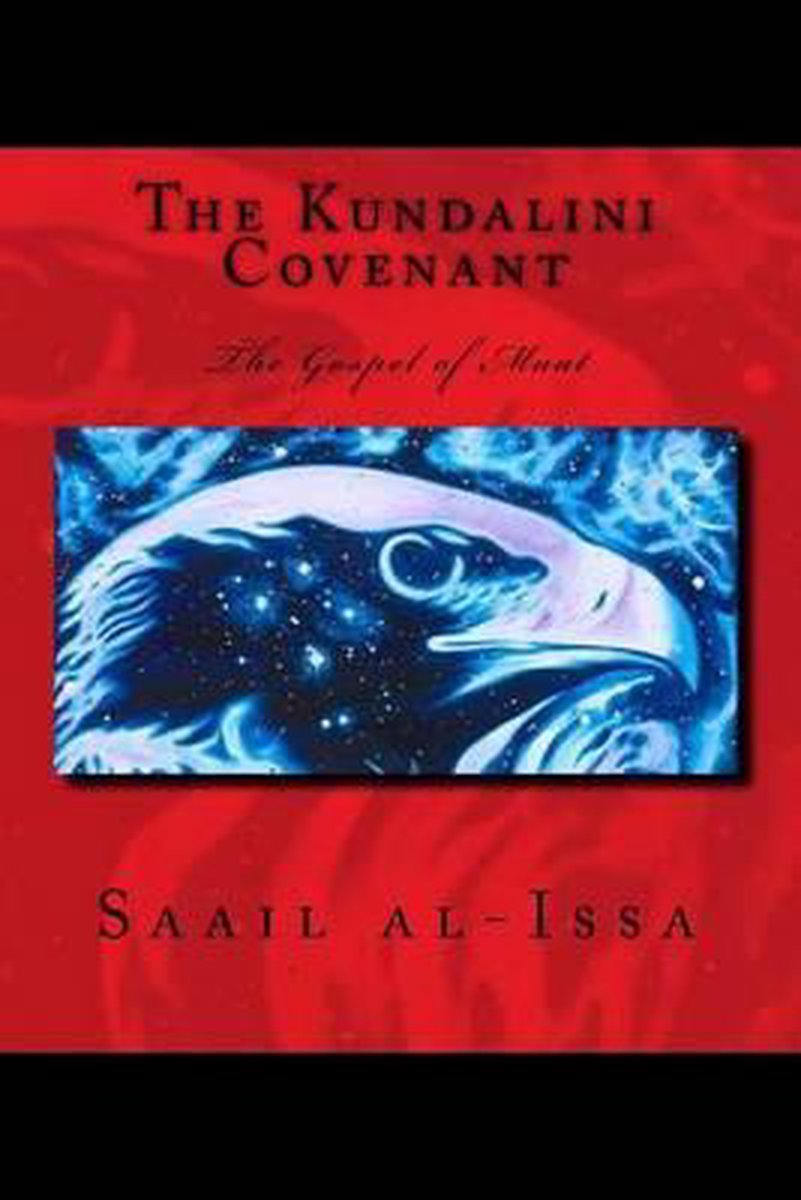The Pleiadian Paradigm-The Kundalini Covenant
The Gospel of MAAT
Maak tweedehands je eerste keus
- Alle boeken zijn met de hand gecontroleerd
- 30 dagen retourgarantie
- Gratis verzending vanaf 4 boeken of 40 euro
- Op werkdagen voor 15:00 besteld, dezelfde dag verzonden
10% korting
nog 1 op voorraad
7,30

The Pleiadian Paradigm-The Kundalini Covenant
Als nieuw
ISBN
9781516917938
Bindwijze
Paperback
Taal
Engels
Auteur
Uitgeverij
Createspace Independent Publishing Platform
Jaar van uitgifte
2015
Aantal pagina’s
246
Recensies
Eenvoudig en veilig inloggen
